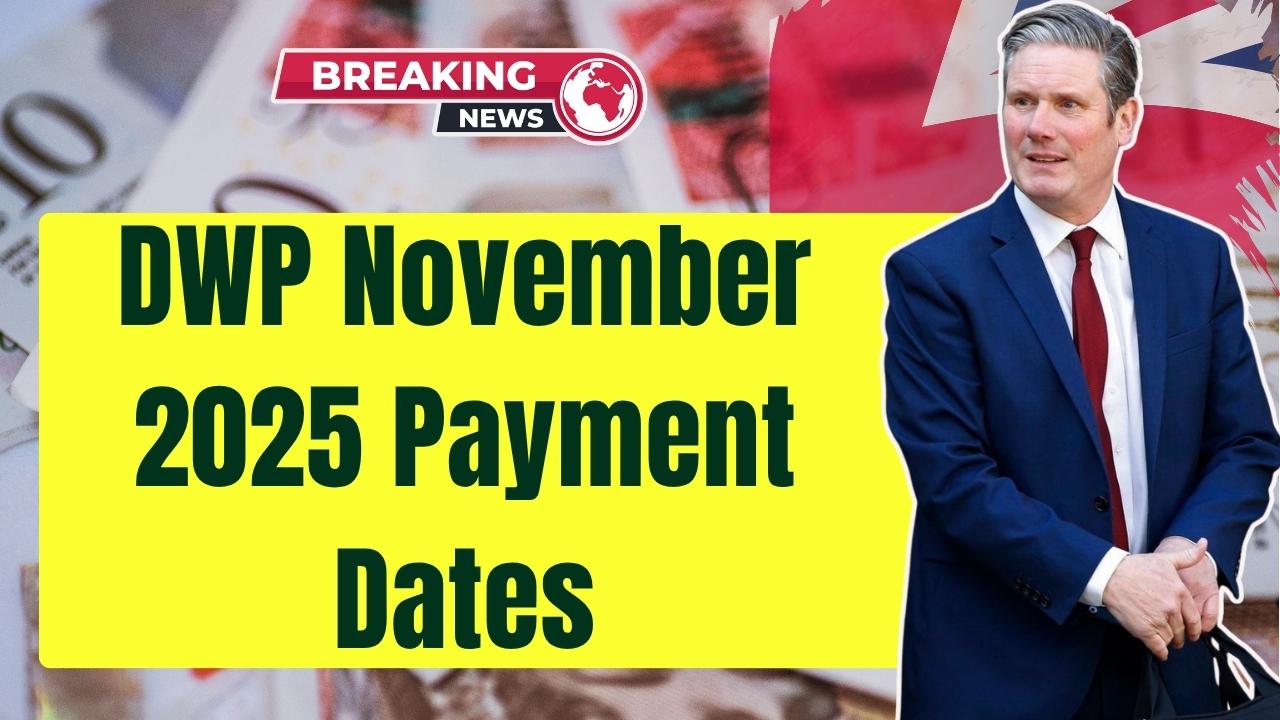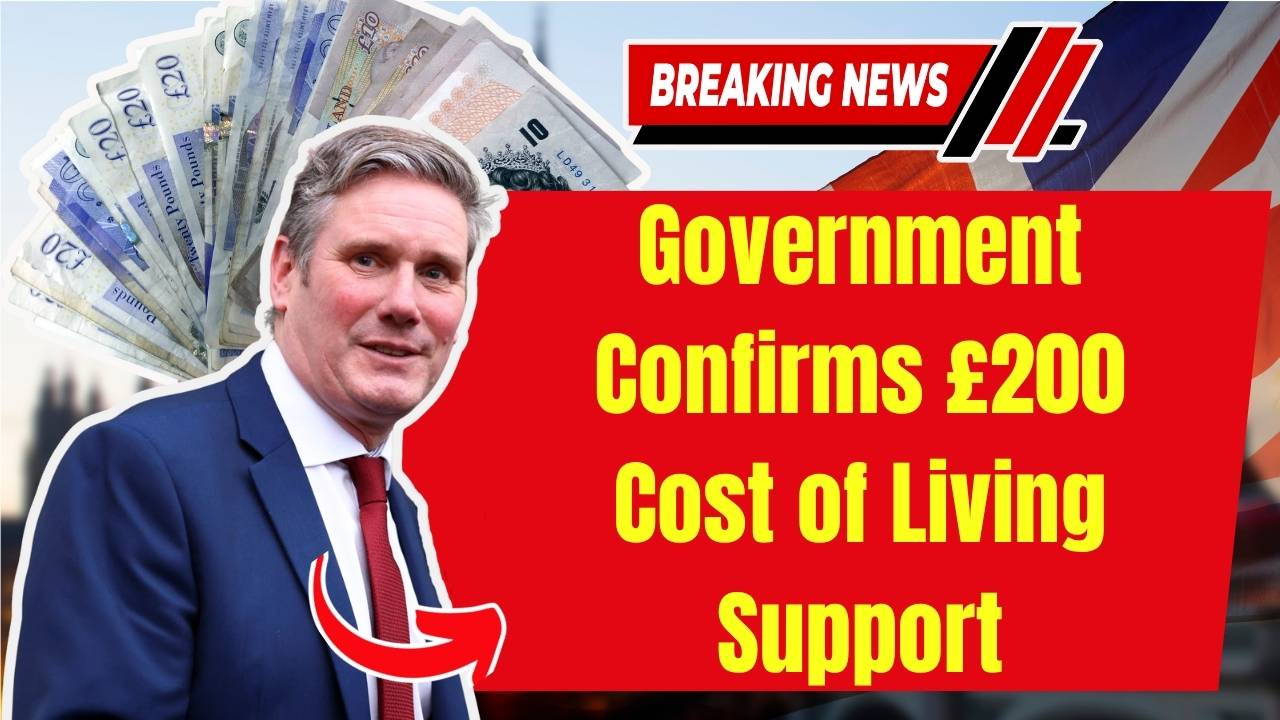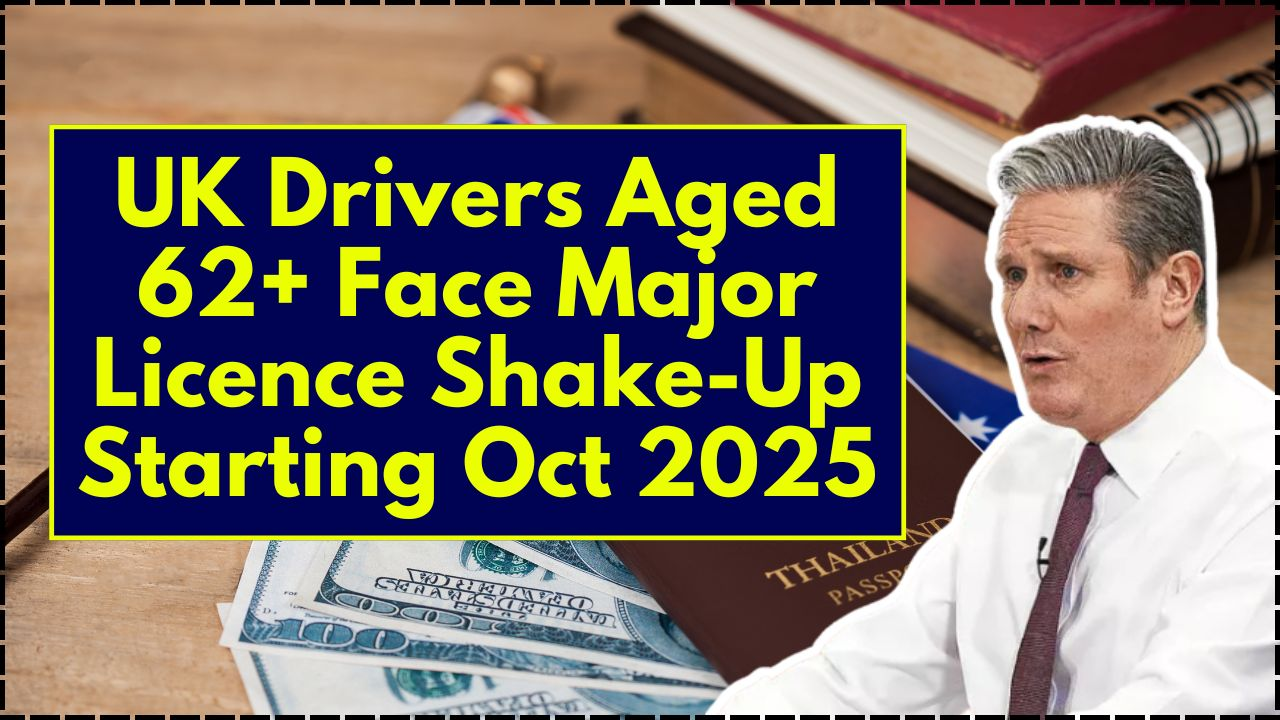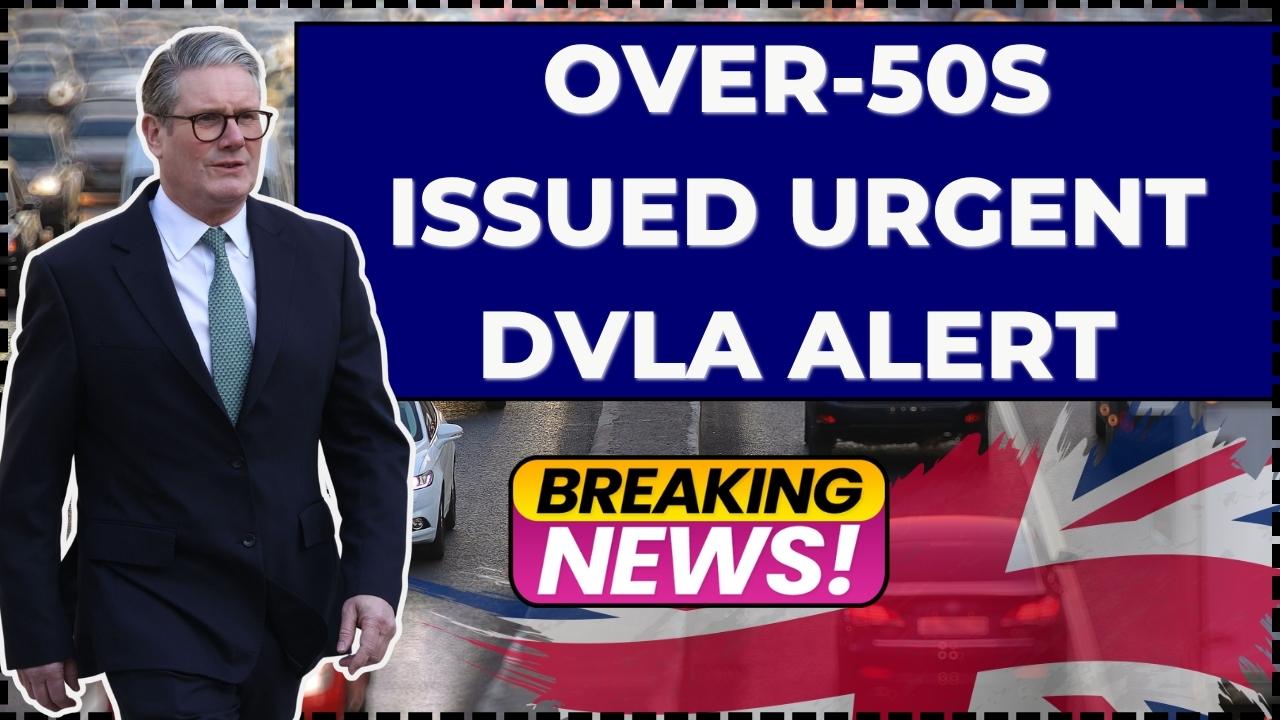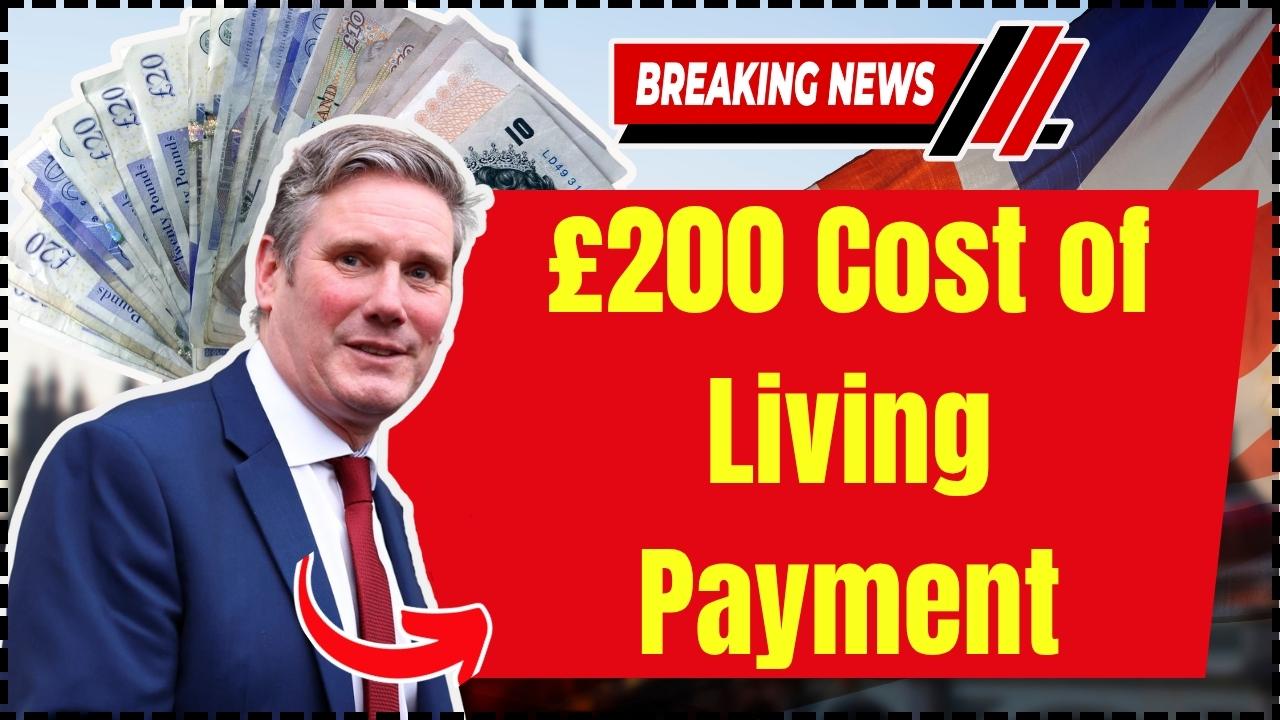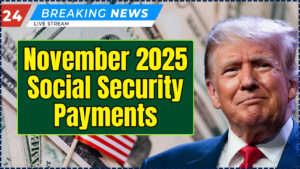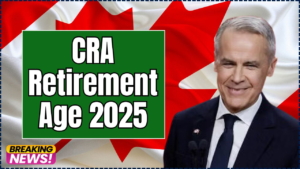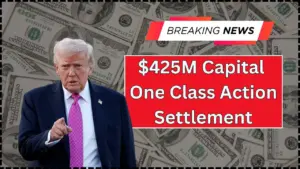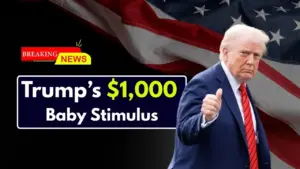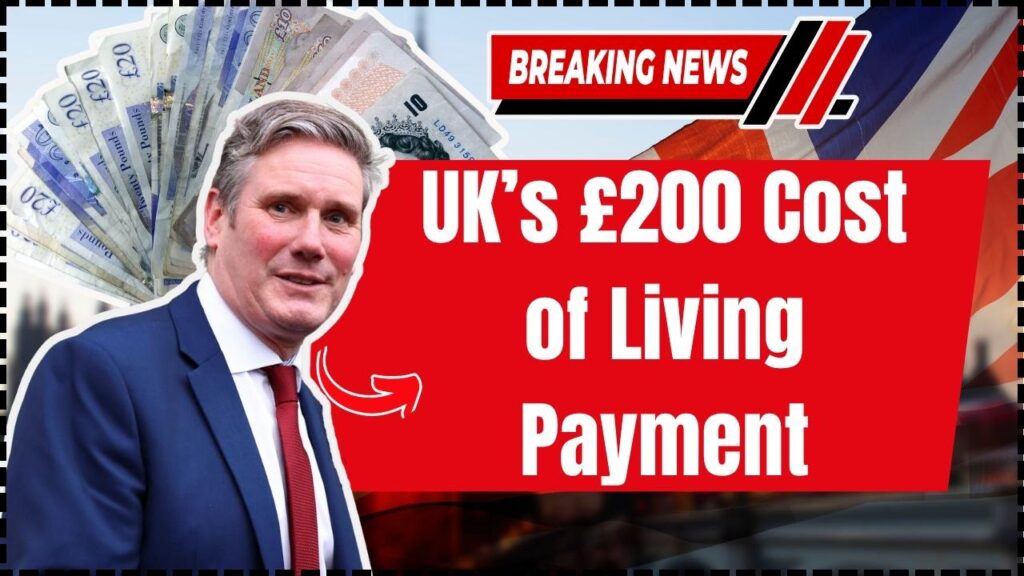
UK’s £200 Cost of Living Payment: The phrase “UK’s £200 Cost of Living Payment in October 2025” has been buzzing across the internet lately, especially among pensioners and low-income households who are wondering if more help is on the way. Is it true? Who’s eligible? And when will the payments actually arrive? In this in-depth guide, we’ll unpack everything you need to know — what’s real, what’s rumor, and what kind of support you can actually count on this winter. Written in plain, conversational English, this article combines accurate data, official sources, and professional insight — but keeps things clear enough for anyone to follow.
Table of Contents
UK’s £200 Cost of Living Payment
So, here’s the bottom line: there’s no new “£200 Cost of Living Payment” in October 2025 — but many people will still get £200 or £300 through the Winter Fuel Payment, provided they meet the age and income criteria. For everyone else, local councils and energy support schemes are still offering real help — you just have to know where to look. Check your eligibility early, keep an eye out for that DWP letter, and don’t fall for scam messages.
| Topic | What We Know | Figures / Stats | Notes & Official Sources |
|---|---|---|---|
| Cost of Living Payments (via DWP) | Scheme ended after February 2024 | Last payment: £299 (Feb 2024) | GOV.UK – Cost of Living Payments |
| Winter Fuel Payment (WFP) | Reinstated for most pensioners (England/Wales) | £200–£300 per household | |
| Eligibility (WFP) | Born before 22 Sep 1959; lived in UK during qualifying week | Qualifying week: 15–21 Sep 2025 | |
| Income Threshold | £35,000 taxable income cap for full benefit | Means-tested recovery via HMRC | |
| Payment Period | Expected in November or December 2025 | Automatic if eligible | GOV.UK – Payment Schedule |
| Local Council Support | Household Support Fund & council grants | £100–£200 one-off local payments |
The Real Story Behind the “UK’s £200 Cost of Living Payment”
Let’s start with the facts: there is no new £200 Cost of Living Payment officially confirmed by the UK Government or the Department for Work and Pensions (DWP) for October 2025.
The last official Cost of Living Payment (CLP) from the DWP was issued between 6 February and 22 February 2024, marking the final round of support under that program. According to the government’s own guidance, there are currently no new Cost of Living Payments planned for 2025.
So, if that’s true — where’s all the talk of a “£200 payment” coming from?
The confusion stems from other financial aid programs happening around the same time. Most notably, the Winter Fuel Payment (WFP) and various local council support funds offer payments that can look similar — and some of those happen to be worth around £200. Let’s break it all down properly.
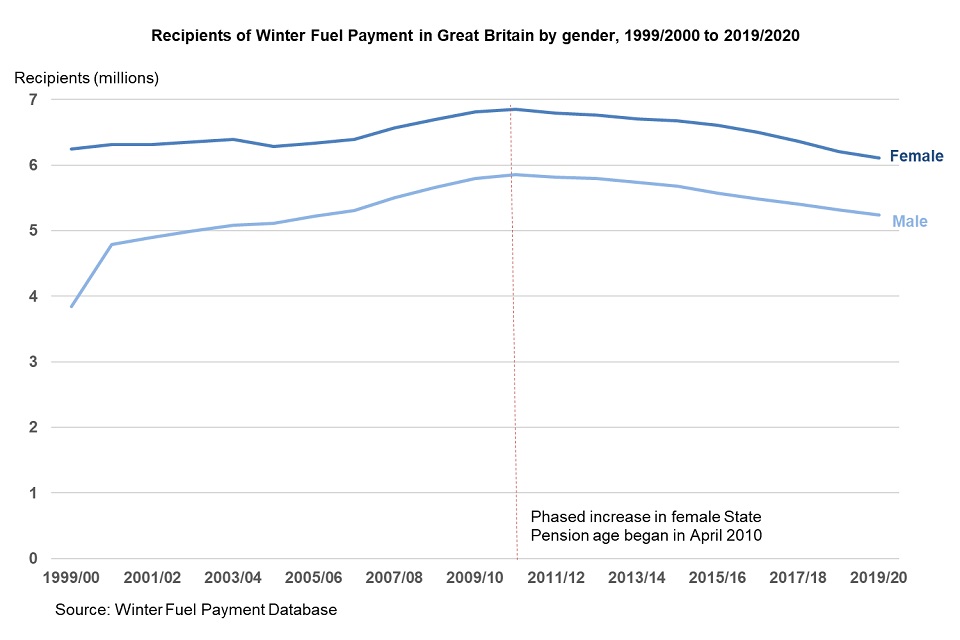
Why the Confusion Exists?
Over the past few years, the UK government has launched several overlapping schemes to ease financial pressure from rising living costs. Between 2022 and 2024, millions received multiple “Cost of Living Payments” — £650, £900, £299, and so on. When that program ended, many expected it to continue indefinitely.
Meanwhile, older support programs like the Winter Fuel Payment reappeared in the news — with figures like £200 and £300 being mentioned. Add in council payments, social media rumors, and clickbait headlines, and voilà — the idea of a “£200 cost-of-living payment” in October 2025 was born.
But what’s actually happening this time is a mix of existing programs, especially the Winter Fuel Payment for pensioners and local discretionary support for low-income households.
Understanding the Winter Fuel Payment (WFP)
The Winter Fuel Payment is a long-running UK government initiative designed to help older citizens cover their heating costs during the cold months. It’s tax-free, automatic, and separate from benefits like the State Pension.
Who Qualifies?
You can get the WFP for the 2025–26 winter if:
- You were born on or before 22 September 1959.
- You lived in the UK during the qualifying week (15–21 September 2025).
- Your taxable income is £35,000 or less — if it’s higher, the payment will still be made but recovered later via HMRC.
- You’re not in long-term hospital care or prison during that week.
If you live in Scotland, the payment is replaced by the Pension Age Winter Heating Payment, and if you’re in Northern Ireland, a similar scheme is managed by NiDirect.
How Much Will You Get?
The WFP amount depends on your age and household situation:
- Aged 66–79: £200
- Aged 80 or older: £300
If you live with another eligible person, the payment may be split between you. For example, if both partners qualify, each may receive £100 (for the £200 tier) or £150 (for the £300 tier).
Example:
If Mary, aged 78, lives alone and earns £29,000 a year, she’ll get the full £200.
If John, aged 82, earns £40,000, he’ll still get £300, but it’ll be reclaimed through his taxes later in the year.
These payments usually arrive between November and December 2025 — though letters confirming your amount typically go out in October or early November.
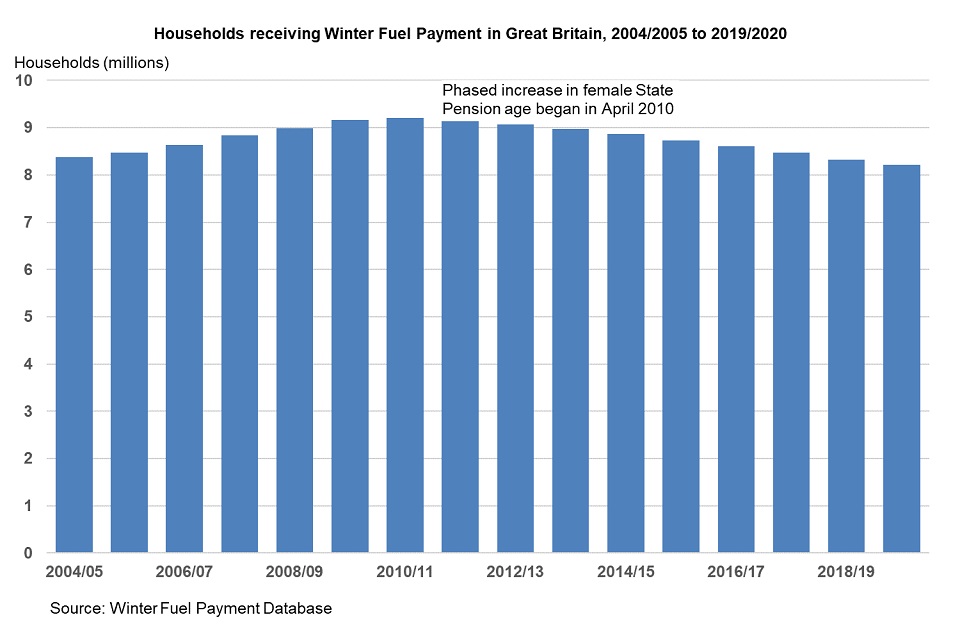
How to Claim (If Needed)
Most pensioners don’t need to apply — the payment arrives automatically in the same bank account where you receive your State Pension or benefits.
However, you must apply manually if:
- You don’t receive State Pension or benefits.
- You’ve deferred your pension.
- You’ve recently moved to the UK or changed your residence status.
Payment Recovery and Means Testing
For 2025, the government introduced an income threshold of £35,000 taxable income per year. That means:
- If you earn below £35,000, you keep the full payment.
- If you earn above £35,000, you still get it, but it’s later recovered via your tax code.
This adjustment was designed to make the program more financially sustainable and focus support on those who need it most. The Treasury estimates this will save roughly £450 million annually.
Local Support Options Beyond the WFP
Even if you’re not of pension age, you might still be eligible for financial help this fall.
1. Household Support Fund (HSF)
The Household Support Fund provides one-off grants, vouchers, or energy payments to low-income households. It’s run through local councils, and eligibility varies depending on where you live.
- For example, Manchester City Council offers one-off payments of around £130–£150 for qualifying residents.
- Leeds and Birmingham councils have similar programs that support families with children or people on disability benefits.
2. Warm Home Discount
This is a £150 discount on electricity bills for households on low incomes or certain benefits. It’s applied directly to your energy bill by your provider, not paid in cash. Around 6.1 million UK households benefit from this scheme annually.
3. Cold Weather Payments
If the average temperature in your area is zero degrees Celsius or below for seven consecutive days, you may receive £25 per qualifying week under the Cold Weather Payment scheme.
It’s automatic for people on specific benefits, such as Pension Credit or Income Support.
4. Energy Bill Support & Rebates
While national energy rebates have largely wound down, some energy suppliers still run hardship funds or payment-matching programs for struggling customers.
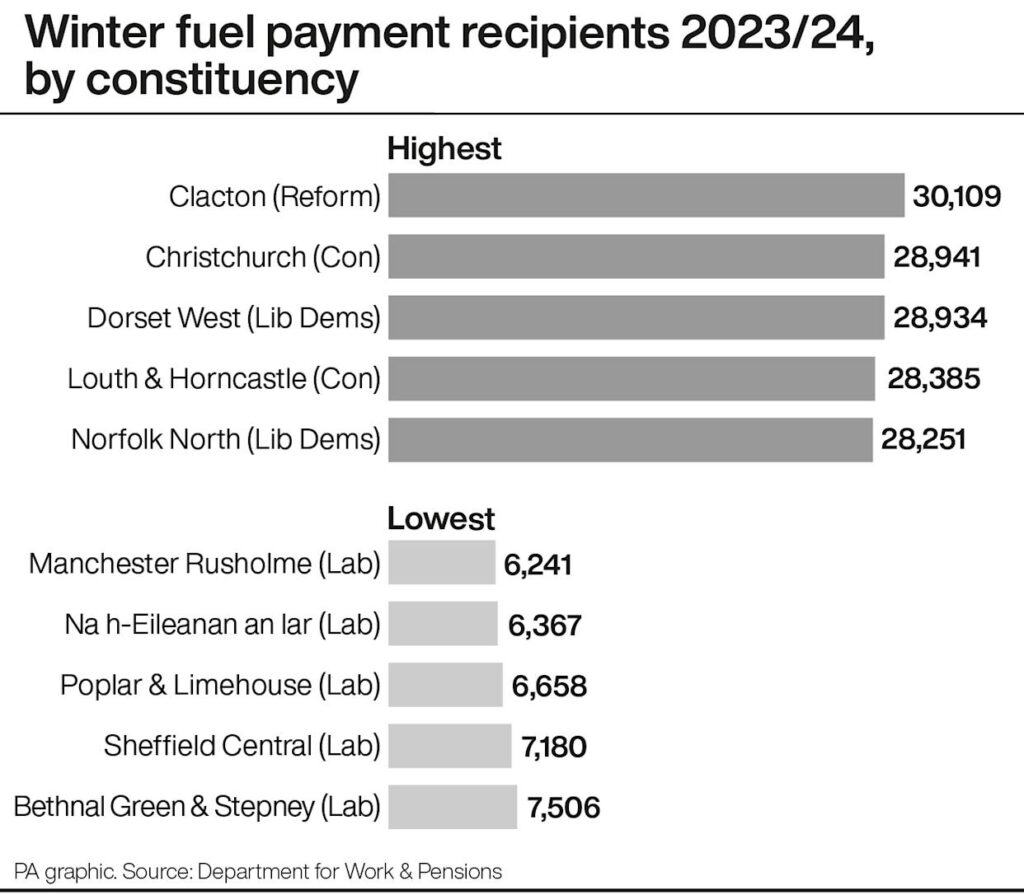
Step-by-Step Guide: What To Do For UK’s £200 Cost of Living Payment in October 2025
Here’s your no-nonsense checklist to make sure you don’t miss a penny:
Step 1: Confirm Your Age and Residency
- Were you born on or before 22 September 1959?
- Were you living in the UK during 15–21 September 2025?
If yes, you qualify for the WFP (unless excluded for special reasons).
Step 2: Check Your Income Level
- Under £35,000: Keep it all.
- Over £35,000: Still get it but HMRC reclaims it via tax adjustments.
Step 3: Watch for Your Letter
Expect a letter in October or November 2025 explaining your payment amount.
Step 4: Wait for the Payment
Funds usually hit your bank account in November or December 2025, using your existing pension or benefit payment method.
Step 5: Contact the DWP if Missing
If you haven’t received your payment or letter by mid-December, contact the Winter Fuel Payment Centre via GOV.UK.
Step 6: Apply Manually if Necessary
If your pension is deferred or you don’t receive benefits, fill out the WFP claim form.
Step 7: Explore Local Assistance
Even if you’re not eligible for the WFP, check out your local council, Warm Home Discount, and Household Support Fund options.
Step 8: Beware of Scams
Fraudsters often impersonate DWP agents or “energy rebate” companies. Remember: DWP never asks for bank details by text or email.
UK £200 Cost of Living Payment in 2025 – Check Payment Date, Eligibility, and Status Here
DWP Confirms £416 Monthly Benefit Cut – Urgent Action Required for Thousands of UK Families
HMRC Confirms £300 Pension Cut from October 9; Every UK Pensioner Needs to Know this, Check Details
Economic and Social Impact
Government data shows that during the 2022–2024 cost-of-living crisis, over eight million households received one or more support payments, totaling nearly £10 billion in aid. According to the Office for National Statistics (ONS), energy prices and inflation remain key pressures for UK households, especially older adults on fixed incomes.
Experts say the return of the Winter Fuel Payment helps reduce winter mortality and energy poverty among pensioners. The Energy Saving Trust estimates the average household spends around £1,500–£2,000 annually on heating — making the WFP a modest but meaningful relief.
While critics argue the income cap could exclude middle-income retirees, the DWP says targeting ensures funds go to those “most affected by inflation and energy price volatility.”

